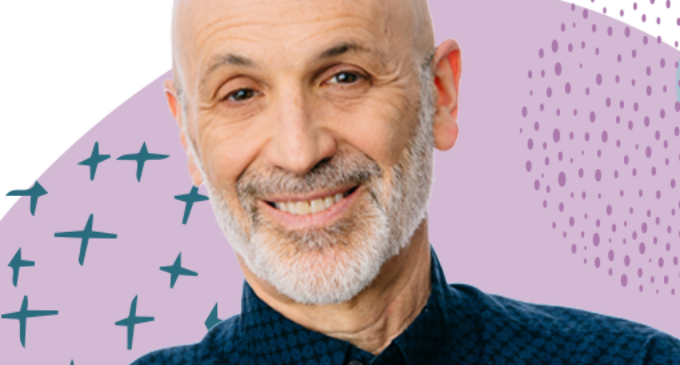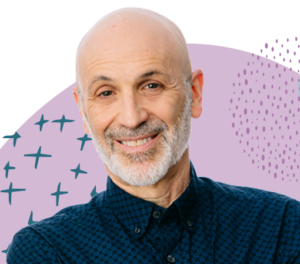Yastrow at STAFDA: Customer Should Talk Most

 Steve Yastrow recalled a salesperson pushing to get in to meet with him. Upon meeting Yastrow noted after three minutes the salesperson had done all the talking and then Yastrow looked at the clock.
Steve Yastrow recalled a salesperson pushing to get in to meet with him. Upon meeting Yastrow noted after three minutes the salesperson had done all the talking and then Yastrow looked at the clock.
“He went on for eight more minutes,” Yastrow said at a Specialty Tools & Fasteners Distributors Association session during its 2022 convention. “Sales pitches don’t work.”
You want input more than to give output. “Listen more than talk,” Yastrow said. Meeting with a potential customer should be “more about them than you.”
Train yourself to talk less, he advised.
“If you are curious and pay close attention, you will learn what’s important to them and what factors will encourage them to commit to you,” Yastrow said.
What does the customer need? Made in America? Sustainable?
“Listen,” the one-time marketing VP for Hyatt Hotels and later for Sunterra Resorts said. “What are the higher-level reasons that would motivate a customer to become committed to you and your company?”
Remember that “people spend money on what is important to them,” Yastrow pointed out. Listen to find out what is important. They may tell you what they aren’t telling your competitor.
Yastrow advised salespeople to “Ditch the Pitch” and “influence through improvisation. Wing it,” Yastrow said.
- Sales presentations should be conversations, Yastrow said. And the customer should “always” do the majority of the talking. “Say less to notice more. When you are talking you can’t notice.”
“Curiosity is my superpower,” the author of Ditch the Pitch said. The goal is to learn about the potential customer.
- Pay attention when talking with a customer. “We think we can multitask. We can’t,” Yastrow said. “When you are talking you can’t notice your customer. Customers know if you are paying attention.”
- “Be quiet. Be heard,” Yastrow advised.
- Obey the one paragraph rule. “How do you explain a complicated topic to a customer, never speaking more than one paragraph at a time?”
- Don’t rush your story. Give information at a pace the customer can accept.” “A shared story will emerge if you proceed at a pace that is right for your customer.”
- Avoid bombarding the customer with information. “Don’t load the slingshot,” he summarized the approach.
- Leave things in your pocket and create callbacks.
- “Go with the flow. “A conversation only moves forward when both participants agree with it,”
- Create conversation momentum so the customer never wants to get out of the conversation.
Practice saying, “Yes, and … ” Ask questions to create ‘yeses.’
- “A customer will never disagree with their own information,” cited as a reason to listen.
- Learning about your customer also has to be continuing, he added.
- In talking about referrals, realize that the customer isn’t referring to your company, they are referring their experience with your company.
“Who does your customer care about – you or themselves?” Yastrow asked. Web: Yastrow.com



There are no comments at the moment, do you want to add one?
Write a comment